The project was completed in the spring of 2024, bringing new walkability to the bustling circle. Before the renovation, the place consisted of a traffic circle, with four streets feeding into it, which went around a monument to freedom fighter Tadeusz Kościuszko.
Now, the traffic has been diverted -- it leads from Nowomiejska and goes to the right and left on Pomorska and Legionów. But the rest of the former roundabout is now all pedestrian space. At the center now sits an open area with benches and plenty of pedestrian strolling opportunities, as well as lots of shrubs and green lawns. And, of course, the monument to Kościuszko remains the focal point, with pedestrian-only routes stretching out from the monument to the south.

The area at the south of Liberty Square connects with the pedestrian-only Piotrkowska street, making a large, pedestrian-friendly hub right in the center of the city.
History
It’s from here that Industrial Age Łódź grew, and it’s also from here you’ll still find traces of glory day Łódź. However, its origins pre-date industrialism, and history books show it was the site of a thriving market at the beginning of the 19th century. Forming a part of what was known as the New Town pl. Wolności was first mapped in 1823, with the centre of the square being home to scores of stalls manned by out-of-town farmers hawking their produce.
The first building to shoot up in the vicinity was originally a wooden inn, no doubt to serve the bed and booze needs of the visiting traders, though later the town council issued a decree stating only buildings made of stone could frame the square. It was around this time pl. Wolności really began to take shape, and in 1828 town architect Bonifacy Witkowski saw his plans for the city take root with the completion of the town hall and the Evangelical Church. The church that you see, however, is not the original. Between 1889 and 1892 it was torn down and rebuilt in neo-Renaissance style, courtesy of a design by Mr O. Ghelig, and given its trademark dome and pointy towers. The town hall survived mind you, and was crowned by the first clock tower in Łódź – a gift from Frederyk Schloeser, an industrialist fat cat from Ozorków. Originally home to the mayor’s cabinet, a post office and even some prison cells, the town hall today serves the purpose of storing the city archives. The first school in Łódź, founded in 1856, could also be found on pl. Wolności, and the square was commonly recognised as the thumping heart of Łódź.
However, it was to develop still further as the decades marched on. In 1898 the introduction of trams saw the traders moved, and in 1930 a statue of the freedom fighter Tadeusz Kościuszko was added to the centre – thirteen years after the city gods announced their intention to honour one of Poland’s most famous sons. Alas, they needn’t have bothered. Nine years later, on Polish Independence Day, the Nazis decided to flex their muscle and dynamite the structure. Happy endings do exist mind, and the statue – recreated by the original sculptor – was unveiled once more in 1960. By this time though the square – actually an octagonal shape from the air – had assumed a vastly different look. Post-war enthusiasm for crap architecture saw the vast majority of buildings demolished, replaced instead by uniform monstrosities principally designed by R. Millo. In fact, only two tenements from the fin-de-siecle were left as they were.


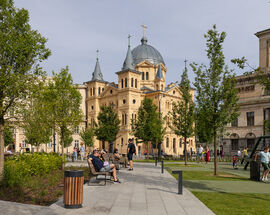
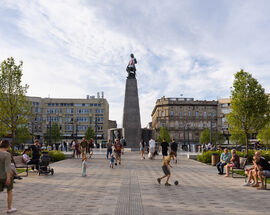
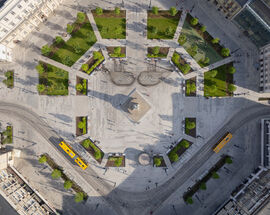

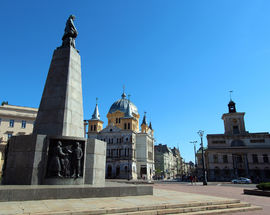
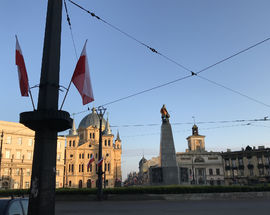



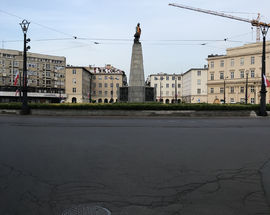
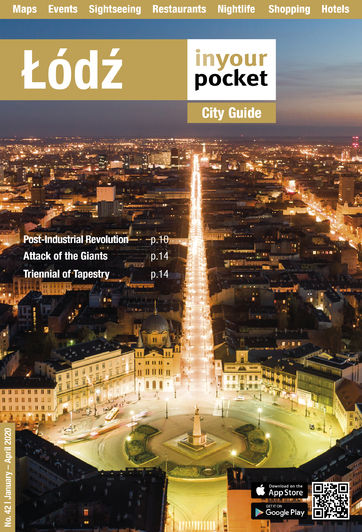


Comments